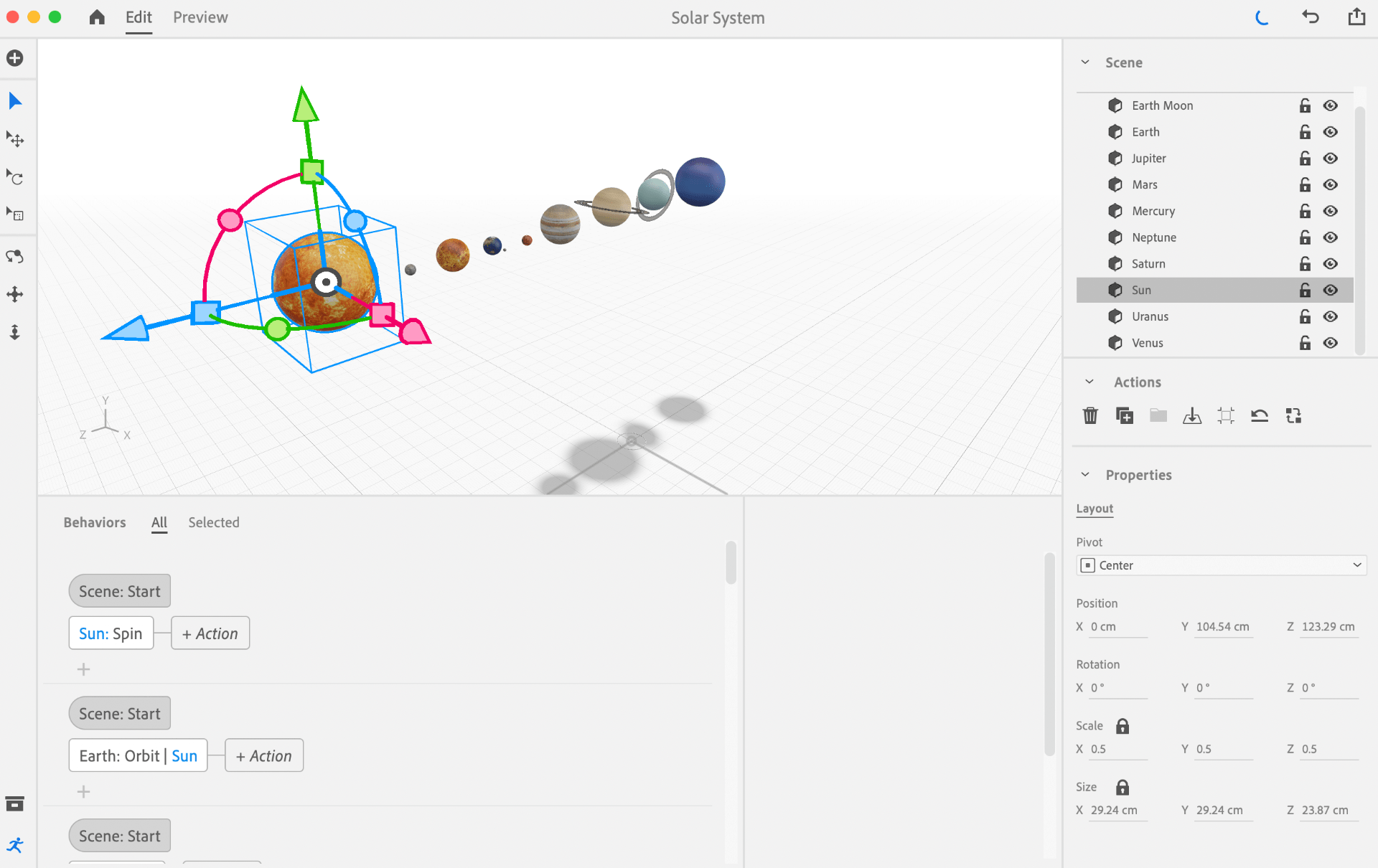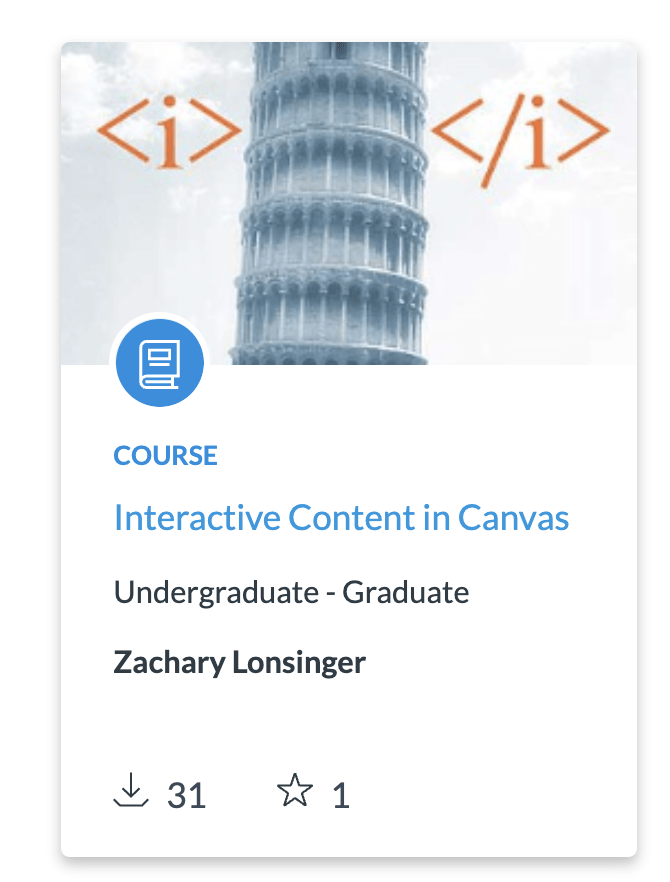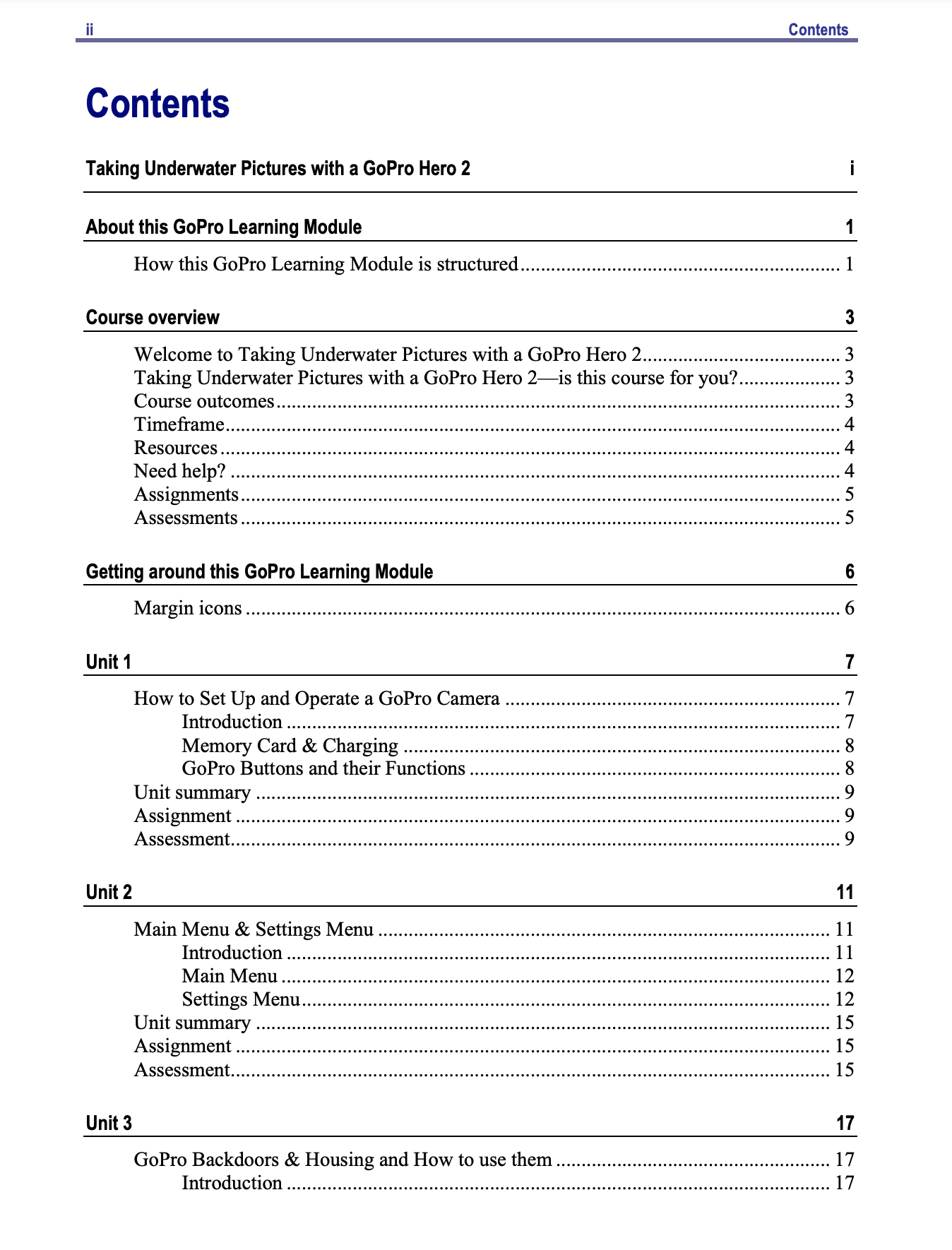Featured Work

IMPACT
IMPACT is an experience that challenges players to think critically about how technology affects all aspects of our lives and society. The game places the player in the shoes of people all over the world, instilling a sense of empathy. I was the project lead for the design, development, and testing of this project. The experience is currently available online via browser play, on iOS and Android devices, and in-person with physical decks. We have also launched an expansion pack that integrates an entrepreneurial component into the game. In addition to creating IMPACT, I am the lead facilitator for both online and in-person experiences.

The Dreamery Sessions Podcast
As the co-host and catalyst behind “The Dreamery Sessions,” a podcast dedicated to showcasing the vibrant stories of faculty and students at Penn State, I played a pivotal role in every stage of its creation. From the initial concept to the planning, scheduling, and coordination with guests, my involvement was comprehensive. Season 1 of the podcast illuminated two central themes of Penn State’s Strategic Plan: “transforming education” and “driving digital innovation,” bringing to life the stories that embody these ideals. In its second season, the podcast evolved with the addition of Renea Nichols, a faculty guest host, who enriched our discussions with her insights on teaching and learning. My journey through “The Dreamery Sessions” not only showcased my versatility and commitment to excellence but also contributed significantly to the discourse on education and innovation at Penn State.
Penn State creates: Epic Zoom backgrounds
When most of the country and world shut down in March of 2020, our team quickly adapted and focused on engaging our audience remotely. One of these initiatives we created was Penn State Creates. We hosted a series of live events that allowed students, faculty, and staff to come and create together. These experiences ranged from virtual paint parties to exploring epic video zoom backgrounds to enhancing your desk with augmented reality. I hosted two sessions, both on how to create an epic video Zoom background. The first session focuses on creating with a smartphone. The second session focuses on how to create with an iPad.


Augmented REality Solar System
My team and I have been exploring augmented reality (AR) with Adobe Aero since it was in beta in 2018. This is one scene that I built using textured spheres. My co-worker textured the spheres in Adobe Dimension using solar textures and I built the scene in the Adobe Aero mobile app. I utilized behaviors and triggers to animate each planet’s orbit and rotation. Adobe has since released a desktop version of Aero that allows for more nuanced AR creations. The desktop app allowed me to iterate on this scene with more control and precision—for example, taking the guesswork out of aligning the planets in space via the mobile app.
Moral Moments Project
Moral Moments is an open conversation rooted in storytelling that nourishes decision-making and question-asking. This project, a product of Penn State TLT’s Faculty Fellows program, began in the fall 2017 semester. The first pilot course ran in the spring 2018 semester with a campus pilot following in the fall 2018 semester. I was responsbile for the design and development of the website and the first iteration of the Canvas course. The website also includes both student and faculty resources that support the Canvas course. I was responsible for creating and curating most of the content that is found on the website. This project was also featured in EDUCAUSE Review, the EDUCAUSE open-access digital and quarterly print flagship publication for the higher education information technology community: The Moral Moments Project: Where Technology and Compassion Meet


Creativity Compendium
Another product of Penn State TLT’s Faculty Fellows initative, the Creativity Compendium sought out to define creative fluency and build, curate, and share a collection of resources for anyone to use. I worked on this project for one year, helping to define project goals; researching, gathering, and curating creativity tools and resources; and designing and building the foundation of this website.
Canvas Commons – Interactive Content in Canvas
I designed this Canvas course as a resource for faculty to learn strategies for integrating interactive content in their Canvas course. Examples covered in this course include button tabs, pop-up windows, rollover effects, and more. This resource also provides examples of interactive content using SCORM, Sharable Content Object Reference Models.


Canvas Commons – Penn State Course Template
This template is designed to help faculty get started with designing their course. It is based off of Penn State’s Interface Task Force Best Practice Recommendations, which are included in the Modules section. The course template includes resources created and shared by the Penn State community as well as the Canvas Community. This was and still continues to be a standard template that is available to all faculty and staff at Penn State.
GoPro Learning Module
I designed and created this project as part of my studies for my M.Ed. in Learning, Design, and Technology. This project utilized the Dick & Carey model of instructional design, which is a more specific ADDIE model, but differs by including more systematic steps in the design process. I chose to design a learning module around the GoPro Hero camera because I have a background in film and communications, and was already familiar with the camera. I began with a needs assessment and followed that with several more analysis steps: learner analysis, instructional analysis, and context analysis. I am a hands-on learner. I like to jump right in and get my hands dirty. This process allowed me to take a step back and really understand exactly what the need was, and what the goal should be. I used flowcharts for the subordinate skills analysis, which allowed me to get a visual representation of exactly what the learner should be able to accomplish. This allowed me to have a clearer understanding of what needed to be designed in the instructional activities.

